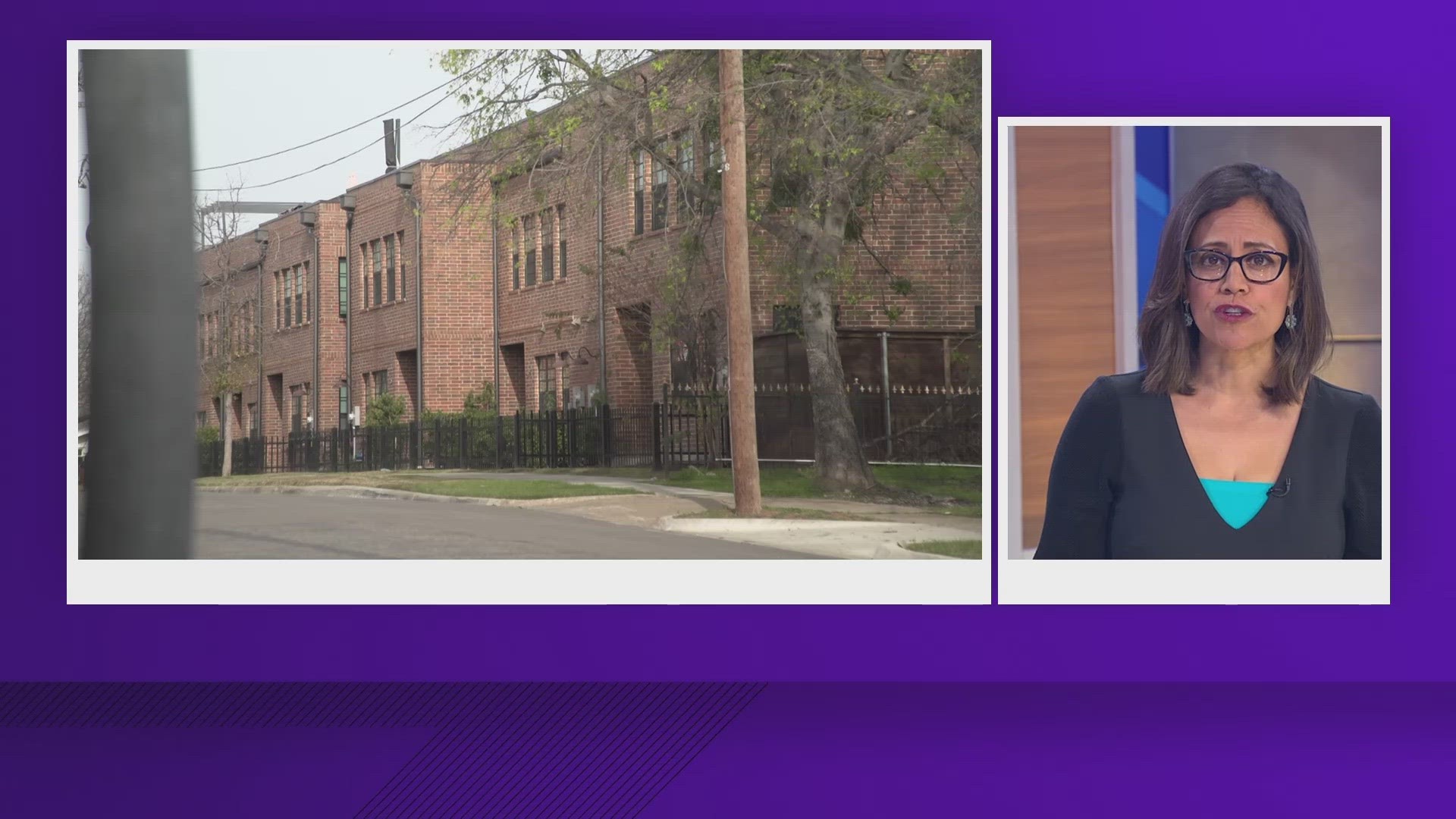DALLAS — This story originally appeared in the Dallas Business Journal, a WFAA news partner.
Rents in the Dallas area increased 0.7% month-over-month in March, compared to a 0.5% increase nationally.
Dallas-area year-over-year rent growth currently stands at 3.6%, compared to 1% at this time last year, according to the April National Rent Report by Apartment List.
Rents in DFW are up by 21% since the start of the pandemic in March 2020.
Median rents in the Dallas area currently stand at $1,201 for a one-bedroom apartment and $1,435 for a two-bedroom unit.
Nationwide, the rental market is finally returning to pre-pandemic conditions, the latest data from Apartment List suggests. Price growth this month is similar to that of March 2018 and March 2019, and apartment occupancy is also normalizing.
If typical seasonal patterns hold, prices should continue to rise for the next several months, but a healthier supply-and-demand balance should prevent the runaway rent inflation that occurred during 2021 and 2022, the report says.
In Dallas-Fort Worth, apartment-market fundamentals are strong, said Tim Harris, vice president of Multifamily Development for Rosewood Property Co., based in Dallas. Corporate relocations, job growth and population growth continue to drive the rental market, he said. Rosewood develops apartment communities throughout DFW.
“There's still a number of corporations that are moving here that haven’t come yet but their plans are still underway,” Harris said. “For instance, Wells Fargo in Las Colinas is moving from California. They are not here yet, but their building is underway, and so they're (moving in). I think we'll see more and more of that.”
If the national economy tumbles into a recession, DFW’s multifamily market will likely hold strong, Harris said.
“If we do go into recession I think it will only benefit DFW in the long run because the things that have propelled our great housing fundamentals will be fuel for the fire in a recession case,” he said. “People are going to come here looking for jobs because historically, in the last couple of recessions, we've had a great job environment amidst the recession. Texas in general, and DFW in particular, is a very diverse economic climate.”
The apartment pipeline
DFW ranks second in the nation, behind New York City, in total apartment units in the pipeline. But when population growth and single-family construction factor in, DFW ranks seventh for new residential units in the pipeline on a per capita basis, according to another recent study by Apartment List that analyzed data from the U.S. Census Bureau.
More than 33,000 new apartments and over 43,000 new single-family homes received building permits last year in Dallas-Fort Worth, according to the study.
DFW had 9.9 new housing units permitted per 1,000 residents last year. In DFW, 33,872 new apartments and 43,574 new single-family homes were permitted last year, breaking down to 4.3 multifamily units and 5.6 single-family homes per 1,000 residents.
Two Texas markets — Austin-Round Rock and Houston-The Woodlands-Sugar Land — beat DFW in housing units per capita, according to the analysis.
The Austin area ranked No. 1 nationally last year, with 18.3 new multifamily and single-family units permitted per 1,000 residents — more than triple the average rate of 5.2 units per 1,000 residents across the 50 largest metros as a whole. Breaking it down, the 18.3 total works out to 9.6 apartment units and 8.6 single-family homes permitted per 1,000 Austin residents.

